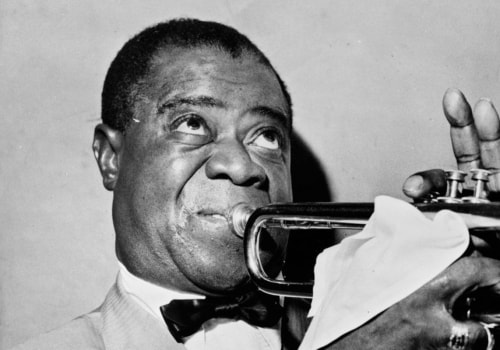Jazz is a musical genre that has been around for centuries, and its evolution has been remarkable. From its humble beginnings in the African-American communities of New Orleans, Louisiana, to its current status as one of the most influential and enduring musical movements of the 20th century, jazz has come a long way. At the end of the 19th century, New Orleans was a remarkably cosmopolitan city, with a more racially egalitarian society than the rest of the southern United States. This allowed for a unique blend of musical styles to emerge, which eventually gave birth to jazz.
Over the decades, many artists have made their performance less structured and more experimental with improvisation. This has allowed jazz to adapt to more styles and techniques. In the second half of the 20th century, rock and pop artists used jazz instruments in their songs. This further helped to spread jazz music around the world.
Since its inception, more than two dozen different jazz styles have emerged, all of which are actively played today. The timeline of the development of jazz music style has evolved significantly over three centuries. In its early stages, in the 1920s, it was the pop music of that time and soon after it became a laboratory for musicians to perfect their virtuosity. Jazz is characterized by swing and blue notes, complex chords, call and response vocals, polyrhythms and improvisation.
It has its roots in European harmony and African rhythmic rituals. Jazz originated in New Orleans in the second half of the 19th century. New Orleans was a port city with people from all over the world who socialized and shared their music. It was also one of the only places in the United States that allowed slaves to own drums. This allowed for a unique blend of musical styles to emerge, which eventually gave birth to jazz. In the 1940s, swing acts and big bands traveled with U.
S. troops around the world, helping to spread jazz music even further. April is National Jazz Appreciation Month in the United States, and celebrating jazz means understanding its roots and honoring its long history. Contemporaries of the young Jazz Messengers, including Roy Hargrove, Marcus Roberts, Wallace Roney and Mark Whitfield, were also influenced by Wynton Marsalis' emphasis on jazz tradition. Brazilian jazz, like Bossa Nova, is derived from samba, with influences from jazz and other styles of classical and popular music of the 20th century. I challenge the prevailing marginalization and malignancy of soft jazz in the standard jazz narrative.
Acid jazz developed in the United Kingdom in the 1980s and 1990s, influenced by jazz-funk and electronic dance music. With the exception of possibly Jazz Rap, M-Base and European house dance music, there has been no significant change in the timeline of Jazz style since then. Davis was widely acclaimed for his album B*tches Brew, in which he combined funk and rock with jazz. Those are just a few of the reasons why some people consider jazz to be American classical music. Do you want to see how jazz has changed for yourself? Check out this short playlist below to hear one jazz song from every decade.



